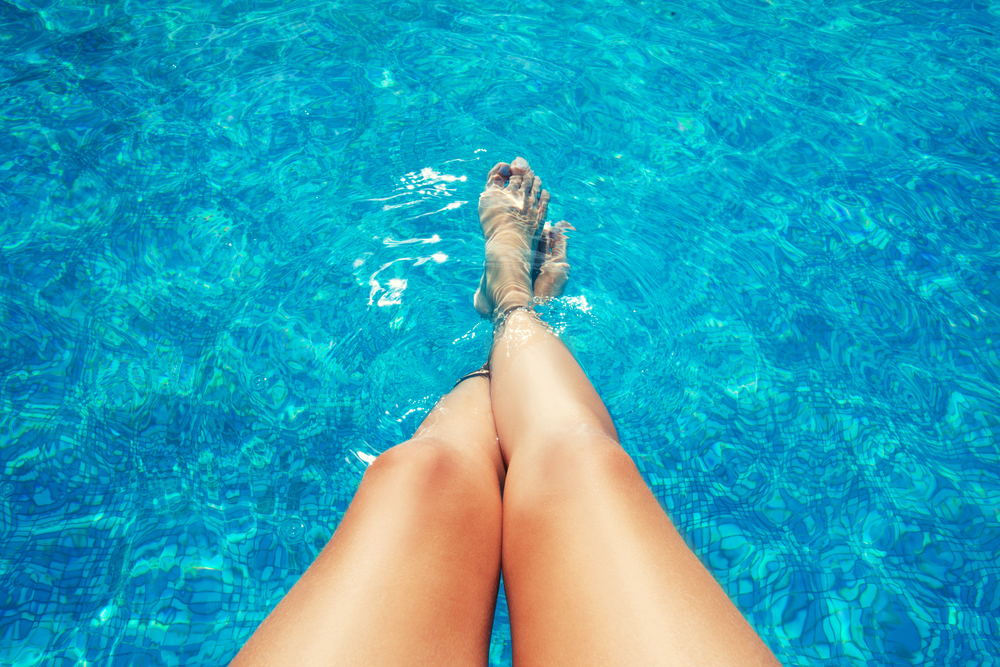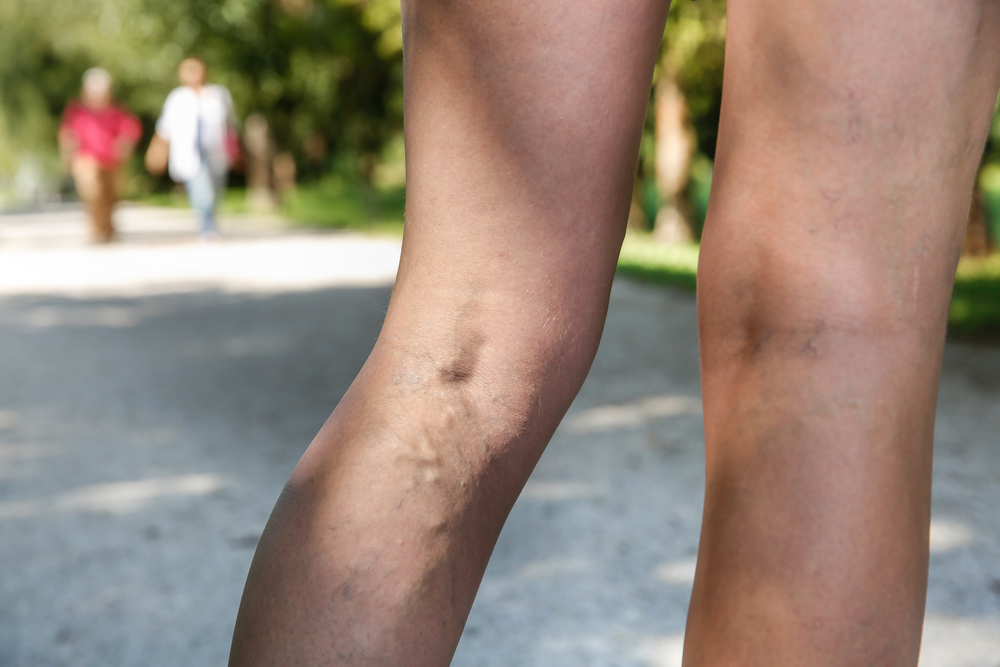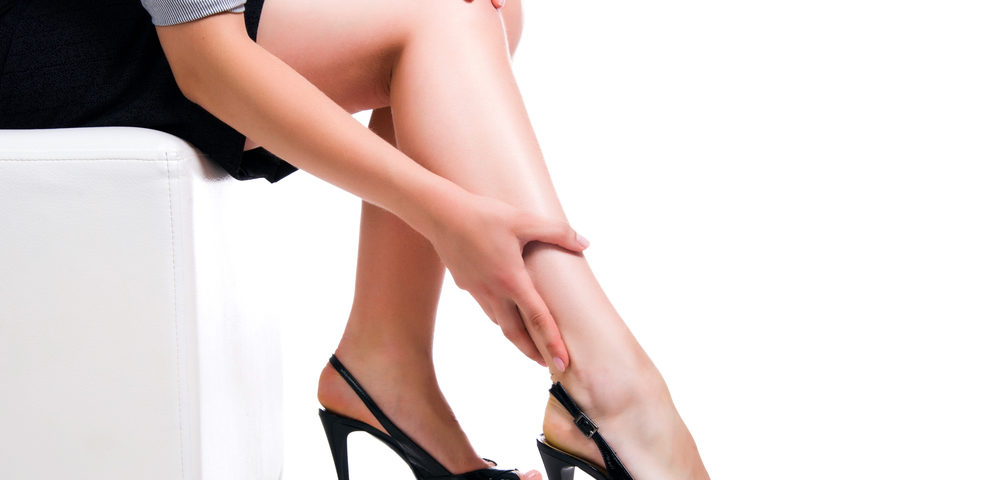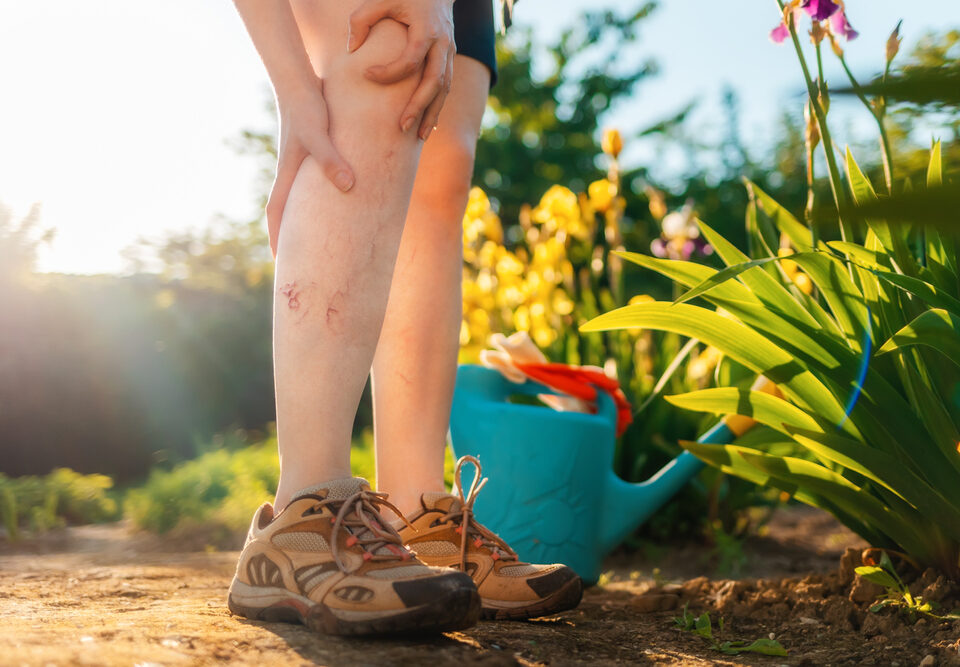
Swimming, The Perfect Exercise for Leg Health
May 6, 2018
The Lowdown on Unsightly Spider Veins
May 8, 2018While varicose veins are often unattractive and considered a cosmetic concern, they may also be linked to more serious venous conditions.
In fact, studies suggest that patients that suffer from varicose veins may be five times more likely to experience deep vein thrombosis (DVT).
Here’s what you need to know about the dangers of varicose veins.
What Are Varicose Veins?
Varicose veins occur when leaky or faulty valves within veins allow blood to flow backwards and pool in the legs and lower extremities. They may present as blue or purple with a bulging or rope-like appearance.
They’re frequently painless, but can also cause discomfort, tightness, swelling, heaviness, fatigue, itching, or cramping in the legs.
Who’s at Risk for Developing Varicose Veins?
Women that are over the age of 50 and have had multiple pregnancies are at the greatest risk for developing varicose veins.
Hereditary, obesity, and occupations that require long periods of sitting or standing (such as a nurse or teacher) are also contributing factors.
What Is Deep Vein Thrombosis (Dvt)?
Deep vein thrombosis (DVT) is a blood clot that occurs the deep veins of the legs. It can cause leg pain or swelling, but also can occur with no symptoms.
DVT can also become deadly if the clot travels to the lungs and causes a pulmonary embolism.
Varicose Veins May Be More Than Just a Cosmetic Concern
While researchers are unsure if there’s a causal relationship or merely an association, they believe that varicose veins may predispose patients to blood clots.
Additionally, some varicose veins are not visible and can only be detected with a venous Doppler ultrasound. This device is used to evaluate large vein circulation in the legs and determine any vein blockage.
Therefore, it’s essential that patients experiencing any leg pain or discomfort seek medical attention to rule out, diagnose, or treat venous insufficiency.
Preventing Varicose Vein Complications
If left untreated, varicose veins have to potential to cause infection, sores, skin discoloration, and significant swelling. However, patients can take steps in their daily lives to prevent their venous insufficiency from progressing and avoid these complications.
Vein experts recommend: Maintaining a healthy weight, exercising regularly, elevating legs whenever possible, wearing compression stockings, and following a low sodium and high fiber diet.
In addition, varicose veins can be treated with sclerotherapy, laser treatment, vein ablation, and surgical excision.
For additional information about the dangers of varicose veins, please call the Vein Center of Maryland today to schedule an appointment.
We are conveniently located in Westminster, Eldersburg, Baltimore, Hunt Valley and Bel Air.
We also service Ellicott City and Columbia in Howard County.



